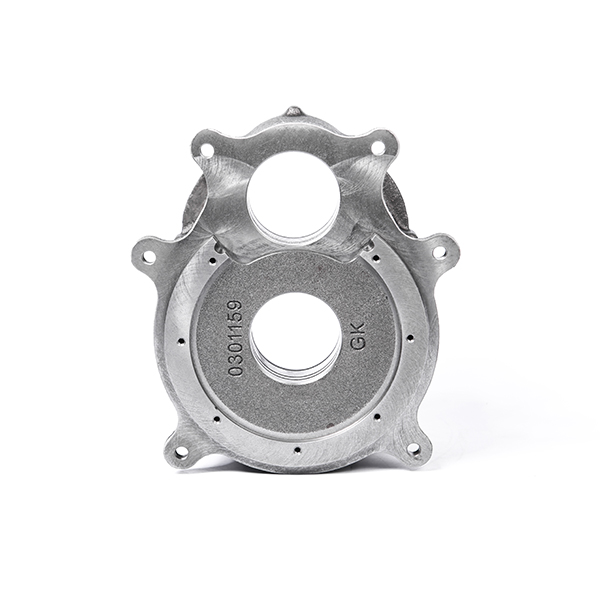Mobile:+86-311-808-126-83
Email:info@ydcastings.com
Exploring the Process of Casting Aluminum Using Plaster for High-Quality Metal Fabrication Techniques
Casting Aluminum in Plaster An Overview
Casting aluminum is a widely used method in manufacturing that combines the advantages of aluminum's lightweight properties with the versatility of various molds. One of the less conventional yet effective methods for casting aluminum is using plaster. This technique is beneficial for creating intricate shapes and fine details, making it popular among artists, sculptors, and in some industrial applications.
The Basics of Plaster Casting
Plaster casting involves creating a mold made from plaster, which can accurately capture fine details and complex geometries. The process begins with preparing a pattern, typically made of wax, metal, or plastic, depending on the desired quality and characteristics of the final product. The pattern is then covered with a mixture of plaster, which hardens to form a lightweight yet sturdy mold.
Once the plaster mold is created, it is subjected to a drying process to remove moisture. This step is critical, as any moisture remaining in the mold can lead to defects during the casting process. After the plaster has fully dried and cured, the mold is ready for the actual aluminum casting.
Preparing for the Pour
Before pouring molten aluminum into the plaster mold, preparatory steps must be taken to ensure a successful casting. The first step is to preheat the mold. This is done to minimize thermal shock and improve the quality of the casting. Preheating the plaster helps prevent cracking and encourages better flow of the molten aluminum, which is essential for filling intricate details in the mold.
Additionally, proper safety measures must be followed while working with aluminum and plaster. Since aluminum is poured at extremely high temperatures, protective gear, including heat-resistant gloves, goggles, and protective clothing, should be worn to ensure safety.
casting aluminum in plaster

The Casting Process
Once the mold is preheated, the next step is to prepare the aluminum. Aluminum can be melted in a furnace or a simple crucible setup. Once it reaches the desired temperature, it is carefully poured into the plaster mold. The molten aluminum flows into the mold, filling all the cavities and reproducing the pattern's intricate details.
After pouring, the mold must be allowed to cool. The cooling time varies depending on the thickness of the mold and the specific aluminum alloy used. Once the metal has cooled and solidified, the next step is to remove the plaster mold. This can be accomplished by carefully breaking away the plaster or using vibrations to shake it loose.
Advantages and Limitations
One of the significant advantages of casting aluminum in plaster is the ability to create highly detailed and intricate designs. Plaster molds capture fine detail and can be made relatively quickly and inexpensively. This method is also exceptionally suitable for small batches or one-off pieces, making it ideal for artistic endeavors.
However, plaster casting has its limitations. The process can be labor-intensive and time-consuming, particularly when preparing and drying the mold. Additionally, plaster molds may not be suitable for high-volume production due to their fragility and longer turnaround times compared to more conventional casting methods like sand or metal molds.
Conclusion
Casting aluminum in plaster is a valuable technique that showcases the versatility of aluminum while allowing for detailed and artistic creations. While it comes with certain challenges, the benefits, particularly in terms of detail and surface finish, make it a favored method among many artisans and manufacturers. With careful preparation and attention to safety, plaster casting can produce stunning results that leverage aluminum's unique properties effectively.
-
Why Should You Invest in Superior Pump Castings for Your Equipment?NewsJun.09,2025
-
Unlock Performance Potential with Stainless Impellers and Aluminum End CapsNewsJun.09,2025
-
Revolutionize Your Machinery with Superior Cast Iron and Aluminum ComponentsNewsJun.09,2025
-
Revolutionize Fluid Dynamics with Premium Pump ComponentsNewsJun.09,2025
-
Optimizing Industrial Systems with Essential Valve ComponentsNewsJun.09,2025
-
Elevate Grid Efficiency with High-Precision Power CastingsNewsJun.09,2025











